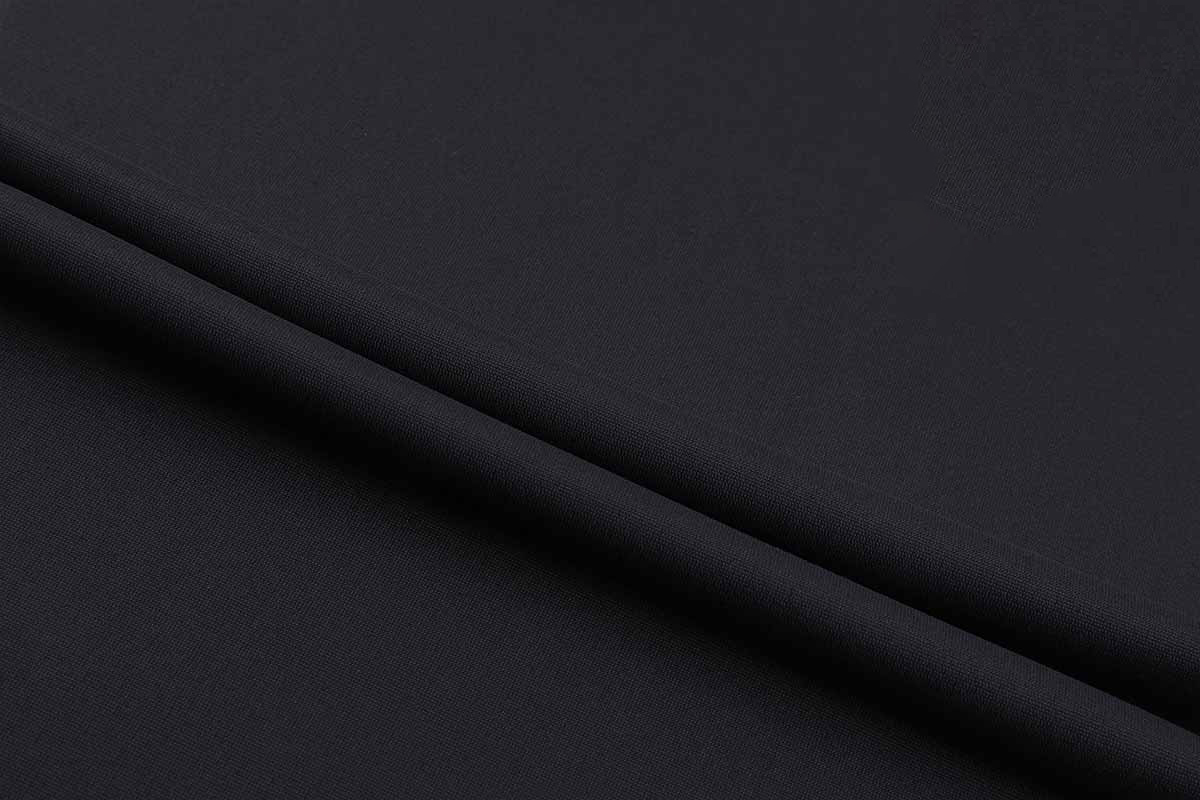When determining the type of nylon spandex fabric for a specific project or application, there are several factors to consider. Here's a step-by-step guide to help you make an informed decision:
Understand the project requirements: Begin by identifying the specific requirements of your project. Consider factors such as the intended use, desired properties, and performance expectations. For example, if you're making swimwear, you may prioritize fabric with desirable stretch and recovery, chlorine resistance, and UV protection.
Research fabric types: Familiarize yourself with different types of nylon spandex fabrics available in the market. Each fabric type may offer varying characteristics, such as stretch, weight, durability, breathability, moisture-wicking, and more. Explore options like power mesh, swimwear fabric, compression fabric, or athletic fabric, depending on your needs.
Assess stretch and recovery: Nylon spandex fabrics are known for their desirable stretch and recovery properties. However, the degree of stretch and recovery can vary among different fabric types. Consider how much stretch you require for your project and how well the fabric bounces back to its original shape after stretching.


Consider weight and thickness: Evaluate the weight and thickness of the fabric based on your project requirements. Thinner and lighter fabrics are often used in activewear and sportswear, while heavier fabrics may be suitable for projects that require more structure and support.
Test for durability and abrasion resistance: Depending on the application, you may need a fabric that can withstand frequent use, washing, or exposure to rough surfaces. Look for nylon spandex fabrics with good durability and abrasion resistance, ensuring they can withstand the demands of your project.
Assess moisture management properties: If your project involves activities that generate sweat or moisture, consider fabrics with moisture-wicking or quick-drying properties. These features can help keep the wearer comfortable by pulling moisture away from the skin.
Check for specialized properties: Some nylon spandex fabrics come with additional specialized properties. For example, certain fabrics may offer antibacterial or odor-resistant properties, while others may provide enhanced UV protection or resistance to chemicals like chlorine.
Seek recommendations and reviews: Consult professionals in the textile industry, such as fabric suppliers or experienced sewists, for recommendations based on your specific project requirements. Additionally, read customer reviews or seek feedback from others who have used similar fabrics for similar applications.
Test samples: If possible, obtain fabric samples or small quantities to test before committing to a larger purchase. This allows you to assess the fabric's properties, stretch, comfort, and suitability for your project hand.
By considering these steps and taking the time to research, you can make an informed decision when choosing the type of nylon spandex fabric for your project or application.




 简体中文
简体中文
